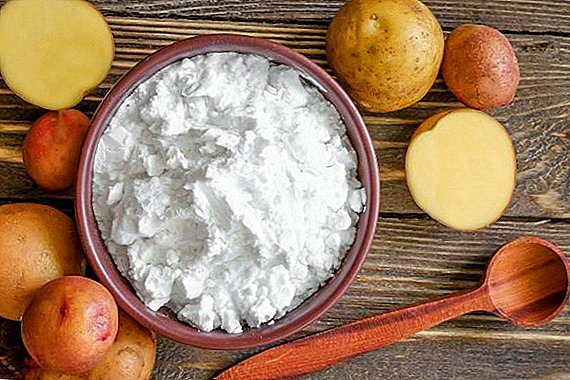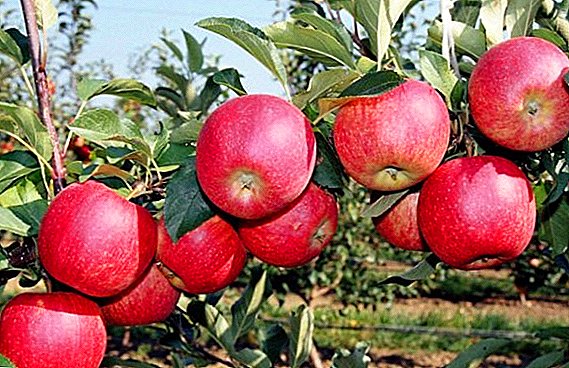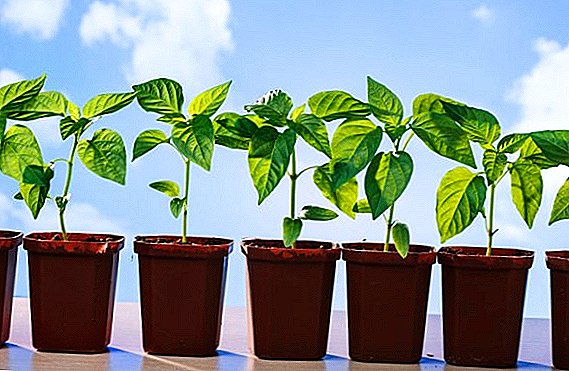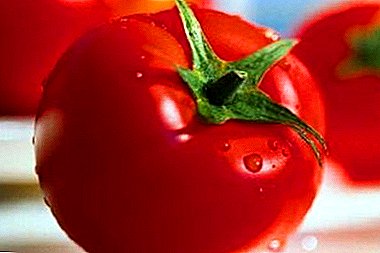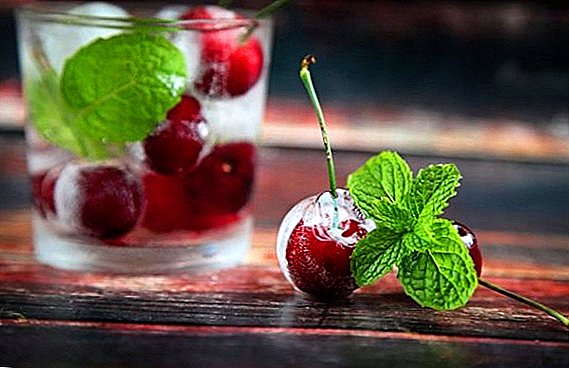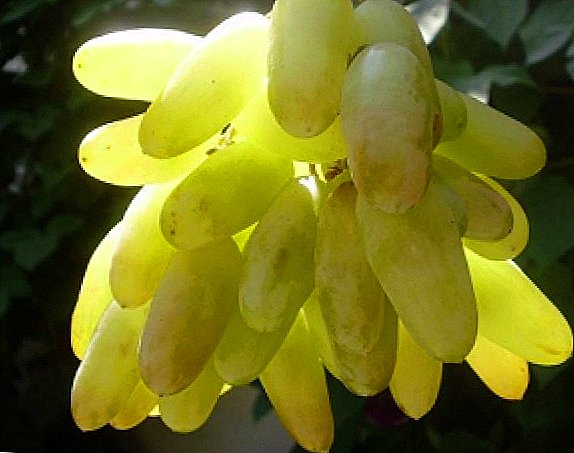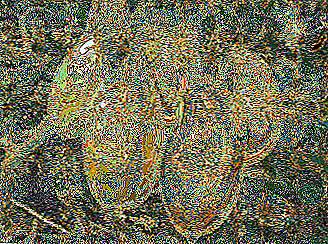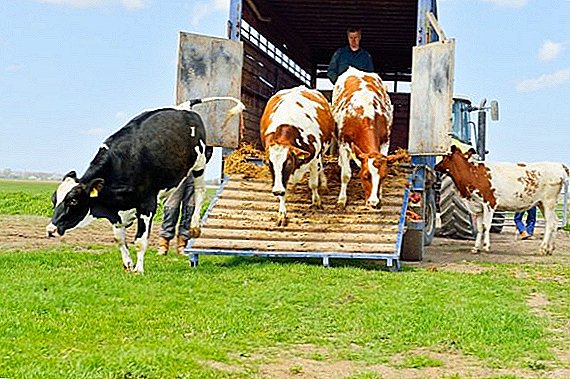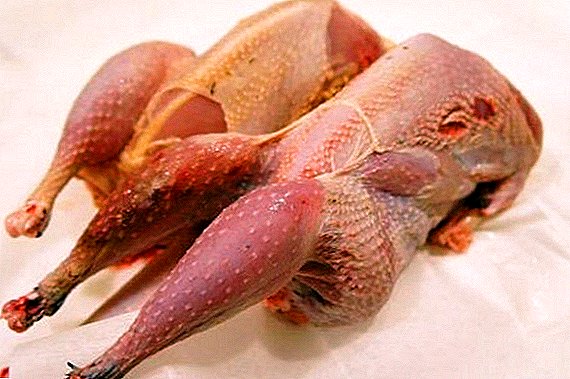 Birch is a very widespread tree in the northern hemisphere. Many nations associated their beliefs and their gods with him, used in everyday life and for healing. What constitutes this symbol of the northern peoples, what it looks like, which species are more common and how birch is used in household and medicine - this will be discussed further.
Birch is a very widespread tree in the northern hemisphere. Many nations associated their beliefs and their gods with him, used in everyday life and for healing. What constitutes this symbol of the northern peoples, what it looks like, which species are more common and how birch is used in household and medicine - this will be discussed further.
What it looks like: biological description
White slender trunks with black spots, green sharp leaves, flexible branches - birch in northern latitudes is not difficult to find.
Birch is a rather many-sided tree, check out its 10th guises.
Bark
The color of the bark in most species of birch is light - from yellowish to reddish-brown. There are trees with black and gray bark. The white tree looks like it is due to betulin - substances in the cork layer of the bark; they fill all the cavities in this layer. The uppermost layer of the bark, called birch, is quite thin and easily separated from the trunk.

Leaves
Sheets are solid, on the branches are placed alternately, rounded triangular in shape, widened at the base and tapering to the edge, serrated. In the autumn they change color to yellow and fall off. Young leaves are covered with a gummy substance.
In an effort to decorate your plot with such a beautiful and useful tree, it is important to know the technique of growing birch and its dwarf variety.
Kidneys, male and female earrings
The kidneys are alternate, covered with adhesive spiral scales.
Flowers are divided into male and female. Male, formed into inflorescences, resembling earrings, grow on long shoots of two or four pieces. At first they are green, up to 4 cm long, then begin to darken.
Earrings consist of flowers covered with scales; in each flower there is a perianth with stamens. Covered with resin, protecting the stamens from moisture, the flowers hibernate and spring begin to open.
In the spring, from March to May, the flowers emit pollen that is carried by the wind, after which the earrings fall.

Did you know? Birch trees are male - "birch" and female birch. You can distinguish them in the direction of growth of the branches - the male branches are directed upwards, the female - to the side.
Women's earrings appear at the ends of short branches that develop from last year's shoots, they are smaller than the male ones. Both male and female flowers bloom at the same time.
After fertilization, the female earring increases, she may have a leg; gradually earring turns into a small "lump". When the fruit is ripe, the earring will crumble.
Fetus
The fruit is a nutlet, oblate on both sides and surrounded by small membranes.

Seeds
Birch seeds are light - one gram contains up to 5,000 seeds. They are well carried by the wind. Fall in two stages - in the autumn and winter. Winter seeds survive well under snow and begin to germinate in the spring in a new place.
Root system
The root system is powerful and branched, usually goes deep into the soil. Occasionally there are surface roots. Leaving down the roots forked at depth, overgrown with many thin uriciform roots.
Due to this structure of the roots, in the third or fourth year of development, the tree begins to grow rapidly and actively.
Find out what characteristics are inherent in acacias, beeches, elms, hornbeams, oaks, lindens, alders, ash trees, ailanthas, Amur velvets, sausage trees, ginkgo biloba, glades, paulownias, catalps, chestnuts, eucalyptus trees.
Where does birch grow
Species diversity causes widespread birch trees in the northern hemisphere. These trees live comfortably both in the Arctic Circle and in the tropics of Asia.
A wide distribution is also caused by their unpretentiousness to the composition of the soil - they survive both in the permafrost behind the Arctic Circle and in mountainous areas, and shrubs of the species dwarf birch actively grow in the tundra.

Main types
There is no exact and uniform opinion on the number of species of these trees; Most botanists agree that there are more than 100 species of Birch species in the world. All of them are divided into four groups:
- Alba - this includes birch trees with a light trunk.

- Costata - species with ribbed stem and rough leaves.
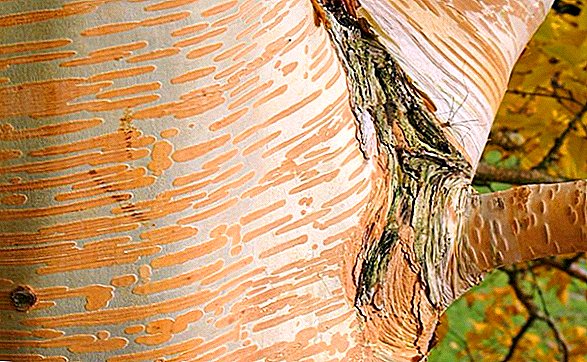

- Acuminata - trees with large leaves, growing mainly in the tropics.
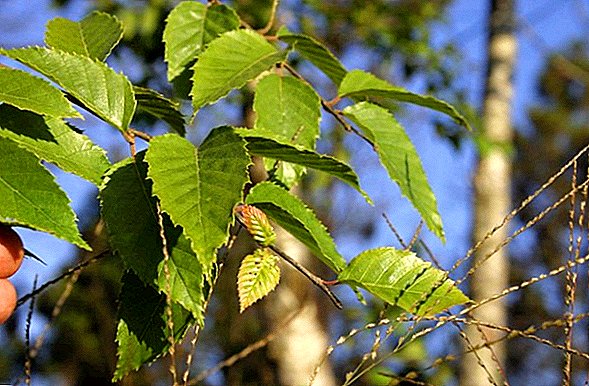
- Nana - shrubs and stunted trees.
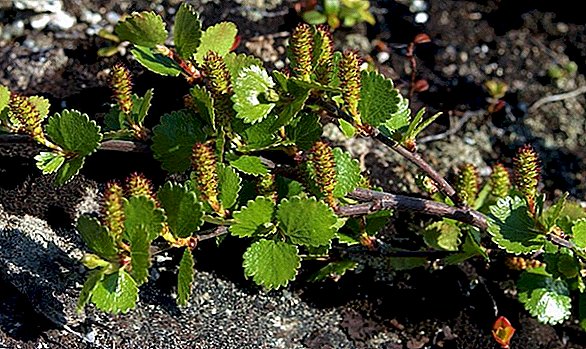
- Fluffy (pubescent) - grows up to 25 meters, is widespread in the northern latitudes of Europe and America, prefers marshy land.
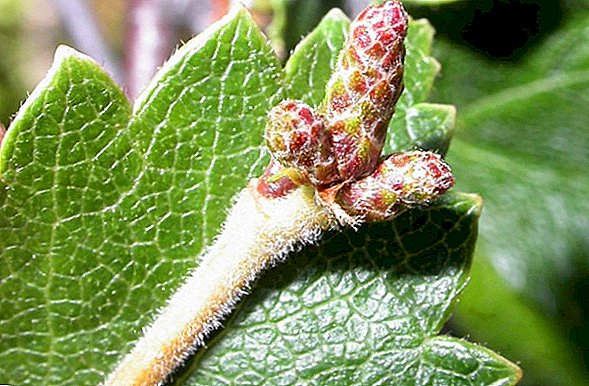
- Warty (hung) - The height is 25-30 meters, the bark of the young trees is dark, but at the age of 10-11 it acquires a white color. The branches have a characteristic sagging and are covered with protruding resin.
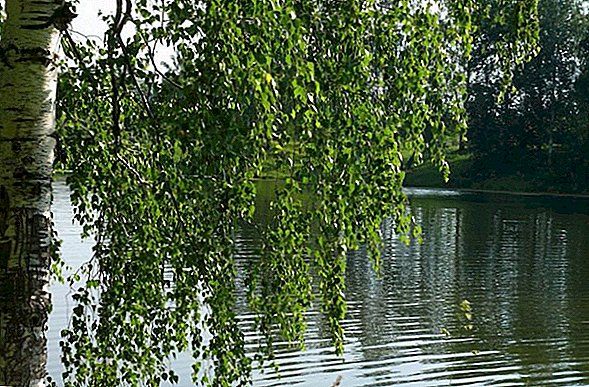
- Stone (Herman) - long-lived birch, lives up to 400 years. It grows in the steppe and tundra of Asia. Cold-resistant, undemanding to moisture, well acclimatized on poor stony soils.

- Cherry (sweet or sweet) - Dark bark, almost like a cherry, has a spicy aroma. It treats cold badly, so it almost never occurs in the north, it comes from North America.
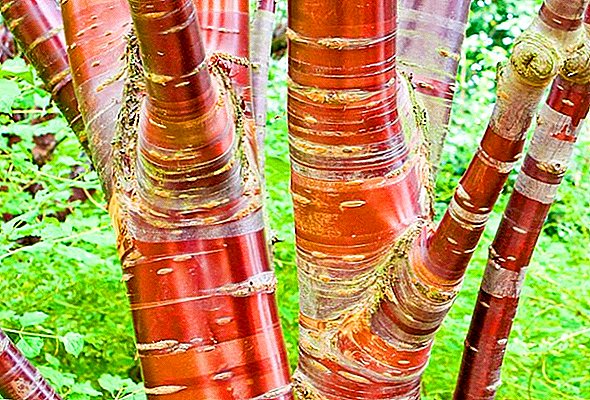
- Dwarf - very short, shrub rather than tree. It grows in the tundra and mountainous areas.
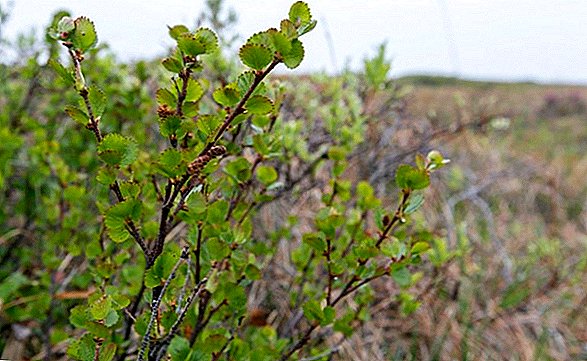
- Karelian - usually low trees growing in the northern forests of Finland and Karelia. Twisted and twisted trunks and branches have an unusual pattern, reminiscent of marble. Extremely valuable wood.
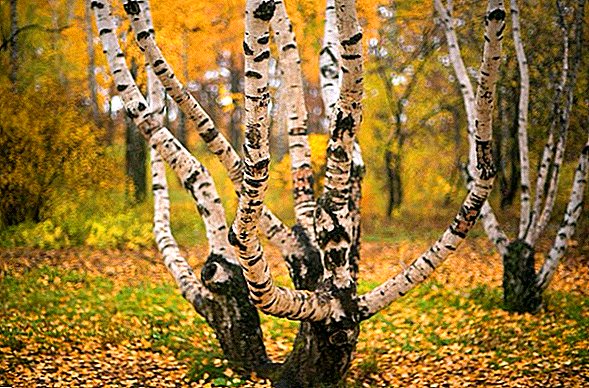
Some features
There are some features that distinguish a birch from a variety of other trees and make it dominant in forests. So, it is this tree that becomes the first in empty space, whether it is a felling, a conflagration, or an outcrop.
Average height, trunk girth
In most species, the height of the trunk reaches 30 m. Some specimens grow to 40-45 meters. There are dwarfs, the height of which does not exceed 2-3 meters.
The most common trees with trunk girth up to 150 cm.
Growth rate
At first, the birch grows rather slowly. But after three or four years, the situation is changing and growth is activated. Due to the high growth rate, young animals can compete with fast-growing grass.

Did you know? In various ritual and religious folk rites, birch occupies an important place - the Celts buried the dead in hats made of birch trees, and in Orthodoxy, birch twigs decorate dwellings and temples on the feast of the Holy Trinity.
Lifespan
The average lifespan of a birch is 100-150 years. There are trees that live for 300-400 years.
Frost resistance
Many species tolerate very cold weather of average strength. Some survive even in the Arctic, at high negative temperatures. There are also such as birch birch and river birch, which do not tolerate cold and prefer a temperate climate with mild winters.
Chemical composition
Different parts of the tree are rich in various chemical elements that determine their beneficial properties and appearance.
Bark
In almost all varieties of bark, betulin is present - a white organic pigment that gives the bark a white color. The content of betulin varies from 5 to 44%, depending on the type of tree.

Kidney
Birch buds contain tar, alkaloids, vitamin C, flavonoids and fatty acids. Essential oils are also present.
Leaves
The leaves are rich in essential oils, dammaran derivatives, coumarins, tannins and flavonoids.
How to use
Birch trees have found their use in human economic activities, medical practice and design.
Familiarize yourself with the beneficial properties of birch and birch buds.
In landscape design
In landscape design, birch trees are widely used to decorate ponds, alleys and create group compositions with conifers. Exotic species are also used as central plants of the site.

Important! It should be remembered that birch has an overwhelming effect on most plants, as it grows and develops faster, draining the soil around it. In addition, its rotten foliage inhibits many plant species.
In beekeeping
Bees collect birch pollen not very willingly. But the sticky resin from the leaves and bark is a good source of propolis - a vital substance for the bee swarm.
In folk medicine
Healers and herbalists actively use birch in their medicines. Funds based on it well heal wounds, eliminate inflammation, relieve fever, are an excellent diuretic. And everyone heard about the bathhouse with birch twigs - so our ancestors treated colds, wounds and skin diseases, removed fatigue.
Important! Birch based products can be dangerous for people with kidney disease, so they should be used with caution.

Wood
Firewood From this tree they give a lot of heat and burn for a long time - this is one of the best breeds for heating the stoves.
Find out which wood is better.
It is not suitable as a construction material - it starts to rot and collapse with fungi very quickly, however it is a good material for furniture and various handicrafts. Karelian birch with its unusual wood texture is especially appreciated.
Birch makes good and durable skis, butts for weapons, toys; It is also suitable as raw material for making plywood.
Cap - build-up on trunks - serves as a good material for making snuffboxes, cigarette cases, various souvenirs. 
Tar
Tar - this is the liquid obtained during the pyrolysis of wood. Birch tar contains paraffin, creosote, toluene, and tar. It was mainly produced in the Russian Empire, exported and was known abroad as “Russian oil”.
It was used as a preservative in the leather industry to protect against rotting and when making soft (soft leather), as a lubricant for wooden parts, including wheels, for protection against insects and pests in the garden.
Balsams of Vishnevsky and Wilkinson, as well as tar soap, were created on the basis of tar. In veterinary medicine, lichens and wounds in animals are treated with tar, and hooves in cattle and horses are treated.
Did you know? In translation, the Icelandic name Bjork means "Birch".

Beresta
Beresta - This is an outer thin layer of birch bark. Beresta was widely used in ancient times - as a material for the construction of houses and all utensils. They made homemade dishes from it - tuesa and baskets. Was used birch as well as material for writing.
Now birchwood serves as a finishing material for the manufacture of various handicrafts - the arms of knives, souvenirs, products of folk artisans.
Speaking of birch, it should be remembered, a sloping or birch fungus parasitizing on a tree tinder, the healing properties of which are widely known.
The juice
With the onset of sap flow after thaw and before bud break, the trees produce sap at the site of branches breaking or from cuts in the trunk - a clear liquid, suitable for drinking. From one tree per day get 2-3 liters of juice.

Birch juice rich in vitamins of group B. The collected juice is consumed as an independent beverage, or they prepare various beverages based on it - wine, syrup, kvass.
Find out when birch sap is collected and useful.
So, birch is not just a widespread and beautiful tree, it is also very useful for humans. No wonder many beliefs and beliefs are associated with birch, and many northern peoples worshiped her as a goddess. And nowadays it continues to bring people benefit.
Video: amazing facts about birch













